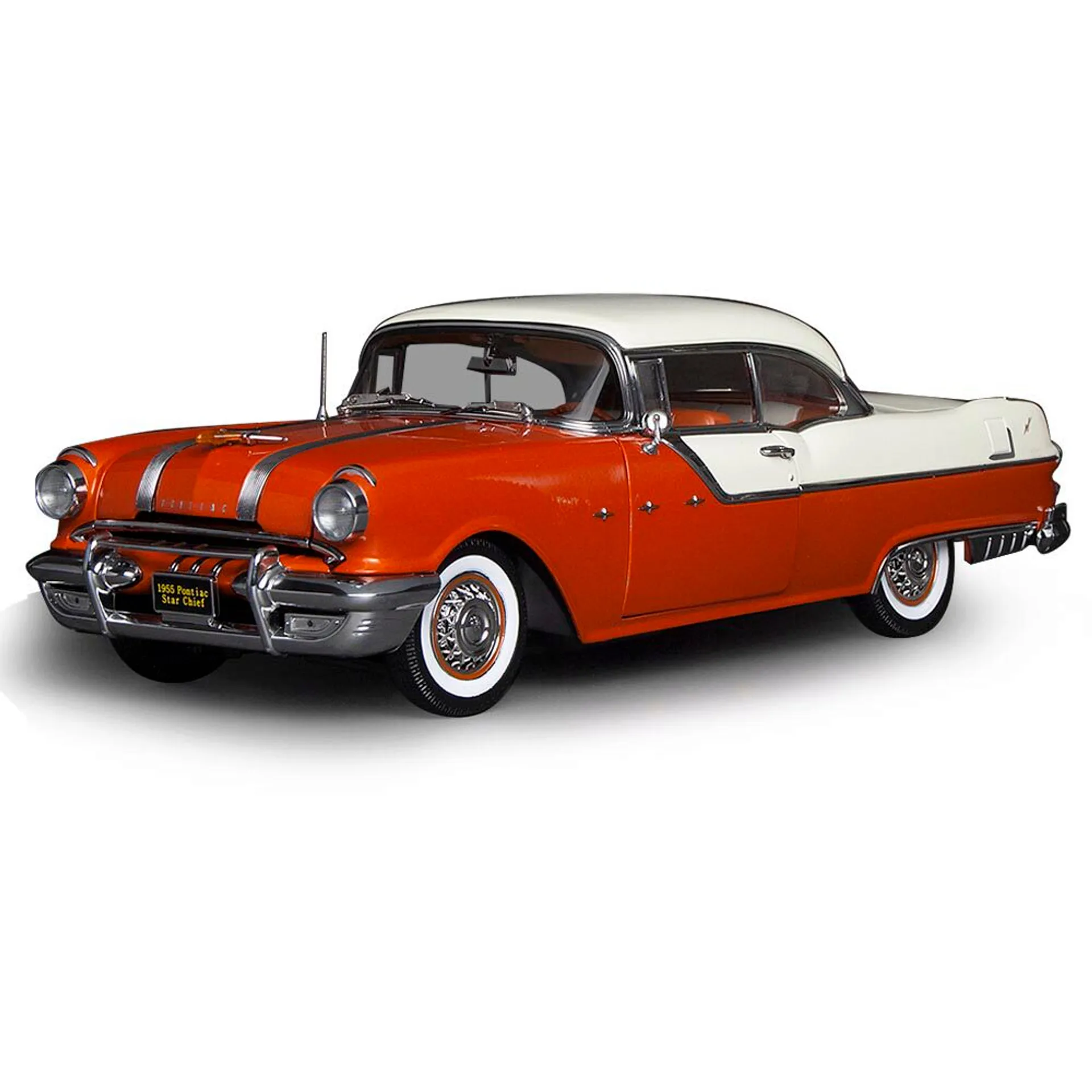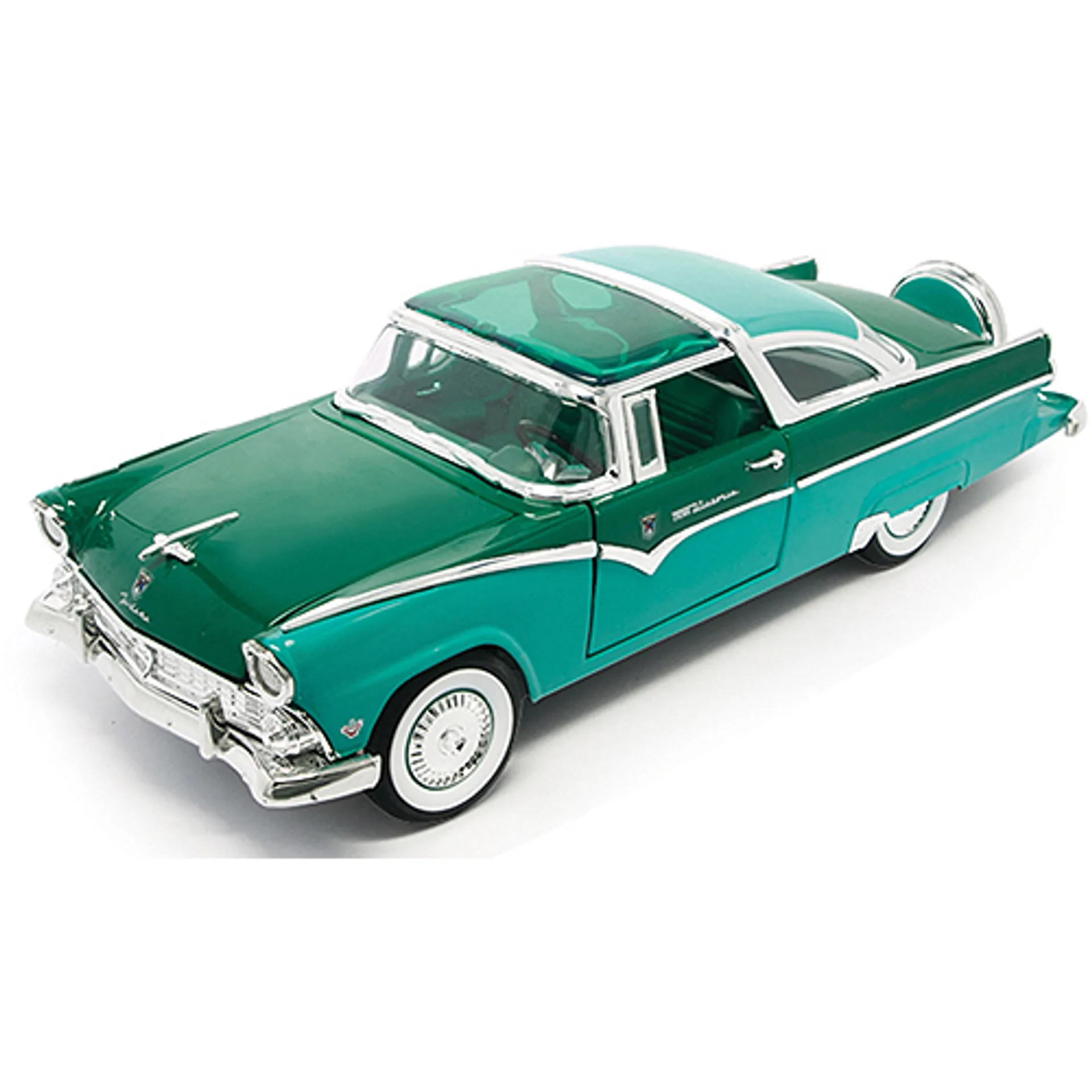Diecast toy cars represent a fascinating blend of history, engineering, and artistry. These miniature vehicles, crafted from metal, offer a tangible connection to the past and the evolution of automotive design. Collecting diecast cars from the 1950s and 1960s is particularly rewarding, as these decades witnessed a golden age of automotive innovation and a surge in the popularity of toy cars. This guide will help you navigate the exciting world of collecting diecast toy cars from this era, providing insights into their history, identifying valuable models, and offering tips on building your own collection.
What are Diecast Toy Cars
Diecast toy cars are miniature vehicles manufactured using a die-casting process. This involves injecting molten metal, typically zinc alloys, into a mold to create intricate and detailed replicas of real-life automobiles. The die-casting method allows for the production of complex shapes and fine details, making it ideal for capturing the nuances of car designs. Diecast cars are known for their durability, weight, and realistic appearance. They often feature opening doors, hoods, and trunks, adding to their appeal. The materials used, such as metal and sometimes plastic components, contribute to their lasting value and collectibility. Diecast toy cars provide a way to appreciate the craftsmanship and design of classic automobiles in a miniature format, making them popular among collectors of all ages.
History of Diecast Toy Cars
The history of diecast toy cars dates back to the early 20th century, with the emergence of early manufacturers like Dowst Manufacturing (Tootsietoy) in the United States and Lesney Products (Matchbox) in the United Kingdom. Initially, these toys were relatively simple, but as technology advanced, so did the quality and detail of diecast models. The post-World War II era witnessed a significant boom in the diecast toy car market, coinciding with the surge in popularity of automobiles. The 1950s and 1960s marked a golden age for diecast cars, with manufacturers producing a wide array of models that captured the essence of the iconic vehicles of the time. Companies like Dinky Toys, Corgi Toys, and others emerged as major players, creating a legacy that continues to captivate collectors today. The evolution of diecast toy cars mirrors the evolution of the automotive industry, reflecting changes in design, technology, and societal trends.
The 1950s Golden Age

The 1950s was a vibrant era for automobiles, marked by bold designs, chrome accents, and a sense of optimism. This design language was beautifully captured in diecast toy cars. The vehicles of the 1950s reflected the postwar prosperity, with manufacturers producing sleek, tail-finned cars, convertibles, and station wagons that became iconic symbols of the decade. Diecast toy car makers mirrored these developments, crafting highly detailed replicas of these popular models. These toys became essential for kids to play with. They also were popular collectables for enthusiasts. The focus on intricate details, accurate paint jobs, and realistic features made these diecast cars highly sought after by collectors. This period marked a significant step forward in the quality and design of these miniature vehicles.
Popular Diecast Brands of the 1950s
Several brands dominated the diecast toy car market in the 1950s, each contributing to the rich tapestry of collectible models. Dinky Toys, originating from England, was known for its high quality and detailed replicas of British and American cars. Their models, such as the Cadillac Eldorado and the Ford Fairlane, are highly prized by collectors. Corgi Toys, another British brand, introduced innovative features such as opening doors and windows, enhancing the play value of their cars. Matchbox, initially famous for its small-scale models that could fit in a matchbox, expanded its range to include various car types. These brands were the cornerstones of the diecast industry, creating a legacy that continues to thrive among collectors worldwide. The branding and model designs are key indicators of the age and collectibility of the models.
Identifying Valuable 1950s Diecast Cars
Identifying valuable 1950s diecast cars requires a keen eye for detail and an understanding of the factors that influence their worth. Rarity is a primary determinant of value; limited-production models or those with unique features are highly sought after. Original condition is crucial; cars with their original paint, decals, and components command higher prices. Minor wear and tear is acceptable, but significant damage can diminish the value considerably. The presence of original boxes and packaging significantly increases a car’s value. Specific model popularity also affects value, with replicas of iconic cars like the Chevrolet Bel Air or the Ford Thunderbird being more desirable. Collectors should research pricing guides, attend collector shows, and consult with experts to accurately assess the value of their 1950s diecast cars. The market is dynamic, so stay informed about current trends and prices.
The 1960s A New Era

The 1960s brought a shift in automotive design, with a focus on sleek lines, more compact designs, and the introduction of muscle cars. The diecast toy car industry responded with models reflecting these changes, offering more variety and innovative features. The era saw the rise of new brands and a broader range of vehicles. The decade was known for its vibrant colors and playful designs. The 1960s diecast cars captured the spirit of the era’s youth culture and the increasing popularity of racing and performance cars. This period marked the transition from classic designs to more contemporary styles, influencing the types of models collectors now seek. The models from the 1960s offer a glimpse into the evolving design trends of the automotive industry.
Iconic Diecast Models of the 1960s
The 1960s produced numerous iconic diecast models that are highly sought after by collectors. Matchbox’s small-scale models, such as the Ford Mustang and Jaguar E-Type, were hugely popular. Corgi’s James Bond series, including the Aston Martin DB5 with its ejector seat and machine guns, set a new standard for detail and play value. Dinky Toys continued to produce high-quality replicas of classic cars, including the Jaguar XK-E and the Ford Zodiac. The popularity of these models stems from their accuracy, their connection to pop culture, and their enduring design. These models represent the best of the era, becoming symbols of the 1960s automobile and toy culture. The value of these models continues to appreciate among collectors.
Factors That Affect Value of Diecast Cars
Several factors influence the value of diecast cars, influencing their desirability and price. Rarity plays a significant role; limited-edition models or those with production errors are often more valuable. The condition of the car, including its paint, decals, and overall structure, impacts its value. Cars in excellent condition, with minimal wear and tear, command higher prices. Original packaging and boxes greatly increase the car’s value, as they preserve the car’s condition and authenticity. The popularity of the model and brand is also a key factor, with well-known and historically significant cars fetching higher prices. Market trends, as well as changes in the collector’s preferences, also play a role in determining value, so it is important to stay informed.
Where to Find Diecast Toy Cars

The search for diecast toy cars can be exciting, with various avenues to explore. Understanding where to look is essential to building your collection. Collectors can discover unique finds and rare treasures through different sources, like online platforms and local collectible shops.
Online Auctions and Marketplaces
Online auction sites and marketplaces are excellent resources for finding diecast toy cars. Websites such as eBay offer a wide selection of models, with auctions allowing collectors to bid on specific items. These platforms provide access to a global market, allowing you to find rare or hard-to-find models. The ability to filter by brand, scale, and condition makes it easier to find the cars you are looking for. Always review seller ratings and descriptions carefully before bidding. Ensure you understand shipping costs and return policies. Online marketplaces offer great convenience. They are also a great way to compare prices and find competitive deals. Be sure to check the details and the photographs provided before making a purchase.
Local Collectibles Shops and Shows
Local collectible shops and toy shows provide a more hands-on approach to collecting diecast toy cars. These shops often have curated collections of vintage toys. They provide a great opportunity to see the cars in person before purchasing them. Toy shows are a collector’s paradise, with dealers from around the country selling their wares. These events offer a chance to interact with other collectors. They offer the opportunity to examine the cars. You can also negotiate prices, and build relationships within the collecting community. Attending local events enables you to discover unique items and expand your collection. It also lets you get a feel for the market.
Tips for Collecting Diecast Toy Cars

Collecting diecast toy cars is a rewarding hobby that requires patience, research, and a passion for the subject. Start by identifying a specific area of interest, such as a particular brand, era, or model. Researching the history, value, and rarity of your chosen cars is crucial. Building relationships with other collectors can provide invaluable insights and help you find rare models. Set a budget and stick to it. Don’t be afraid to negotiate prices. Always prioritize condition and originality when purchasing. The enjoyment of collecting should be the primary focus, so savor the thrill of the hunt and the satisfaction of building your collection.
Protecting Your Collection
Protecting your diecast toy car collection is essential to preserve its value and beauty. Store your cars in a cool, dry place away from direct sunlight. Display them in cabinets or display cases to protect them from dust and damage. Handle the cars with care, and avoid touching the paintwork. Consider using archival-quality storage boxes and protective sleeves for boxed models. If you plan to transport your collection, package each car carefully to prevent damage. Regularly clean your cars with a soft cloth to remove dust and maintain their appearance. By taking these precautions, you can ensure your collection remains in pristine condition for years to come.
Displaying Your Collection
Displaying your diecast toy car collection is an opportunity to showcase your passion and enhance your home decor. There are many ways to display your collection. Use display cases, shelves, or shadow boxes to arrange your cars. Consider using themes, such as specific brands or eras, to organize your display. Lighting can enhance the visual appeal of your collection. Place the cars so that all of the details of each one is visible. Regularly rearrange your display to keep it fresh and interesting. The goal is to create a visually appealing and organized display that highlights the unique qualities of your diecast cars. Whether you are new to collecting or have been collecting for years, the method of display can be the best way to showcase your favorite models.
Collecting diecast toy cars from the 1950s and 1960s is a rewarding hobby that offers a fascinating connection to the history of automobiles and design. By understanding the history, identifying valuable models, and following the tips in this guide, you can build a collection that brings you joy and potentially increases in value over time. Enjoy the journey, and happy collecting!
